As long as the Beechcraft King Air has been in the air— exactly 50 years—it’s been flying in Canada. Some might say it’s been flying since 1964 because of Canada—because of Pratt & Whitney Canada’s PT6 turboprop engine, that is.
The first production PT6 engines were shipped to Beech Aircraft in Wichita, Kan., on Dec. 22, 1963, and they powered the first official flight of the conforming prototype of the King Air Model 90 twin turboprop on Jan. 20, 1964.
With an accelerated flight test program, the King Air received type certification from the Federal Aviation Administration four months later. By July, one of five flight test aircraft became the first King Air Model 90 delivered to a corporate owner, United Aircraft of Canada (the precursor to Pratt & Whitney Canada).
The link between the King Air and Canada was there from the beginning. Fifty summers later, King Airs are a common sight at airports across the country.
Operators point out many reasons the King Air is popular here: short-field and unimproved airstrip landings; all-weather capability; safety; durability; flexibility; a spacious cabin; single-pilot certification; simple and reliable systems; well-known by mechanics and passengers; and parts availability. In fact, the King Air spreads a wide net because it has all of these attributes, and it stands up to the climatic and geographic challenges of Canada.
“You really put it into these tough environments and that’s what we use it for every day,” said Matt Hall, who flies King Airs and Gulfstream G150 business jets as a commercial pilot for Winnipeg-based Fast Air. “The King Air is a workhorse. It is always up for the task. You just point it to where you need to go, and it gets the job done.”
CANADA’S KING AIR FLEET
The King Air quickly evolved from that original model into a family of turboprops. Across five decades, there have been design changes, configuration options, and special mission and military derivatives, all within four main model series: Model 90 (including current production King Air C90GTx), Model 100 (no longer in production), Model 200 (current production King Air 250), and Model 300 (current production King Air 350i/350ER models).
The worldwide fleet of Beechcraft King Airs has topped 7,200 aircraft and 60 million flight hours, with at least 6,250 planes still in operation in close to 130 countries. Beechcraft estimates there are more than 320 King Airs registered in Canada. The company’s new aircraft delivery data goes back to 1991 and shows Canada is the fifth most popular country for new retail King Air deliveries (64 in that timeframe).
King Airs are flown by individuals, corporations, government agencies and charter operators throughout Canada, serving roles that include executive transport, cargo hauling, electronic and imagery surveillance, air ambulance, fire management, airway calibration, photographic mapping, training, weather modification and recreational flying.
“The King Air is a very, very common aircraft in Canada, especially in Western Canada and the North, where Fast Air does a lot of its flying,” Hall said. “The King Air 200 is a fixture when you go into airports in Manitoba, Saskatchewan, Alberta and British Columbia, and a big part of that is the versatility of the King Air.”
A CHARTER OPERATOR’S DREAM
Charter operators like Fast Air gravitate to the King Air because of that versatility. They can use the same King Air 200 to fly a construction crew on a 1,000-mile trek into the high Arctic one day, then task it as an executive transport from city-to-city the next day, or use it to make a life-saving medevac landing on a remote, frozen lake.
Fast Air is based in Manitoba, where it owns or manages 18 fixed-wing and rotary-wing business aircraft, including nine King Airs. Four are King
Air 200s dedicated to air ambulance work, with another four King Air 200s flying as many as 1,000 hours a year on charters for businesses or federal/ provincial government agencies. The company, started in 1995 by Dylan Fast, also manages a King Air 350 for a Winnipeg-based construction company.
Fast Air flies charters as far north as the Arctic region and as far south as Central America, although the bulk of the company’s flights occurs in Canada and the U.S.
“The great thing about the King Air is that it’s that perfect aircraft for the mid-range, 300to 500-mile flight that’s roughly 90 minutes to two hours in the air,” Hall said. “It flies high; it flies over the weather; it performs well. It performs similar to a smaller jet as far as relative speed while getting you into the smaller strips where jets can’t land. It allows you to descend into tricky areas and allows you to put down on a short field. It really is the perfect aircraft for the environment we are operating in.”
KING AIR TO THE RESCUE
Having the power to land anywhere is especially critical when performing fixed-wing air medical transport missions. Medevac operations account for more than half of the revenue at Integra Air, an Alberta-based operator offering scheduled flights and charters, and flying about 1,000 medevac missions every year.
Integra Air started in 1998, offering scheduled service between Lethbridge and Edmonton in
a King Air A100. Integra Air now uses British Aerospace Jetstream 31 and Saab 340B turboprop aircraft for its scheduled air service throughout Western Canada and the Northwestern U.S., while using a fleet of three King Air 200s for medevac and charters, including crew changes in the northern oil fields.
Some oil crews are large enough that Integra uses the larger Saab aircraft to transport them; however, CEO Brent Gateman said there would always be a need for the King Air in their fleet.
“In Canada, our population centres and airports are so widely spread out that carrying enough alternate fuel is quite a significant concern for most aircraft,” said Gateman. “A lot of aircraft can’t take the amount of fuel we need to carry and still be
a viable aircraft. With the King Air, you can take a load of people, baggage, and still carry the fuel required to safely get the job done.”
In addition to the aircraft’s performance, the King Air’s cabin makes it ideal for medevac use, providing the space, comfort and quiet needed for the medical team to do its job.
“In the medevac world, we see the King Air being the choice for decades to come,” Gateman said. “There really isn’t another option to replace the King Air in a medevac role in the environment that we operate in.”
SPECIAL MISSION-CAPABLE
It’s not just the airframe’s 50-year track record that makes it a valuable resource, it’s that the Model 90 is still manufactured today and that the future of the King Air line appears strong.
That’s critical for operators like Discovery Air Fire Services, a provider of special mission aircraft, including two King Air C90s servicing a long-term contract to support the Ontario Ministry of Natural Resources’ wildfire operations.
“A number of aircraft used for these purposes are no longer manufactured, and it can be more challenging from a maintenance logistics standpoint. We may have to carry a larger inventory of spares,” said Mark Hill, president of Discovery Air Fire Services, a subsidiary of Discovery Air. “With the King Air, you can order parts and have them in your facility the next day.”
Discovery’s King Air C90s are modified with the avionics needed for their birddog role in wildfire aerial operations—getting to the fire in advance of the water bombers, so crew on board the C90s can direct the movement of ground and air fire attack forces.
“The King Air C90 is the right size and speed, it’s a multi-engine turbo-prop aircraft and it’s not overkill. It’s in that sweet spot that delivers a great value proposition,” said Hill. “The C90s provide a client like the Ontario Ministry of Natural Resources a multi-utility platform that is great at birddogging but also is very cable to carry passengers for charter when not needed for fire services.”
DURABILITY = LONGEVITY
From government agencies performing medical evacuations in the Arctic to charter businesses supporting oil and gas exploration in the western part of the country, to families in Saskatchewan vacationing in the southwest United States, Canadian operators regularly test the versatility of the King Air. The aircraft passes those tests, Gateman said, and the test of time.
“Between Integra and Bar XH Air with over 50 years of combined operations, we’ve had about 15 different King Airs go through the doors and involved in the operations,” said Gateman, who worked for Bar XH Air before founding Integra Air and eventually merging with Bar XH. “The highest time King Air we had was pushing 25,000 hours, and it still flew like the day it came out of the factory. It was dependable, reliable, and we sold it for more than we paid for it because of the good shape it was in. That’s partially kudos to our maintenance department and partly due to what you can do with a Beechcraft King Air. They are such a good aircraft.”
Fast Air acquired its first King Air in 1998, a 1975 Model 200 with one owner and 10,000 hours. That aircraft is still in the fleet and has now accumulated 23,000 hours.
In 2012, Fast Air became the first Canadian maintenance facility to upgrade a King Air 200 with Garmin G1000 avionics and the CenTex HALO 250 gross weight increase modification (adding 920 pounds of payload capacity). Happy with the boost to the aircraft’s range, payload and safety, Fast Air will soon complete upgrades to its entire King Air 200 fleet, and then plans to offer installations for third-party operators.
Among the operators who fly it, the King Air is a timeless aircraft whose 50-year history offers familiarity and passenger comfort.
“Our passengers are comfortable with it and they are comfortable on it,” Hall said of the King Air. “They see the upgrades we are making as far as the G1000 avionics and they see we are modernizing our fleet. As long as you’re bringing the brains of the aircraft up-to-date with the latest technology, the aircraft as a platform is timeless.”
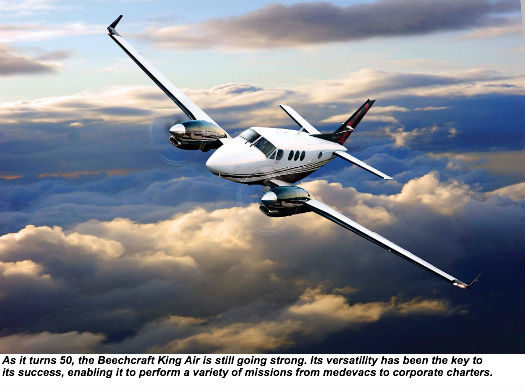


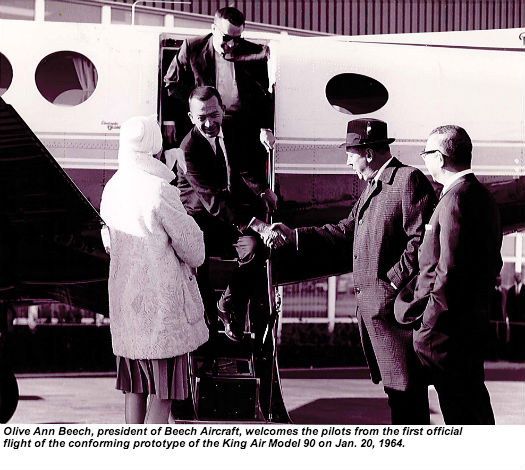


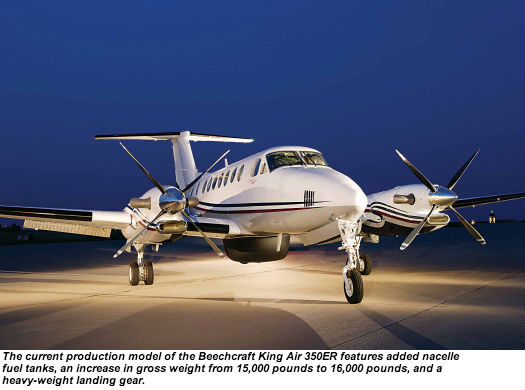
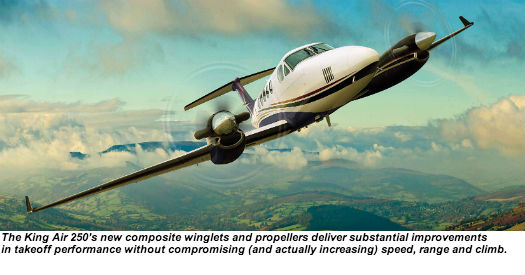
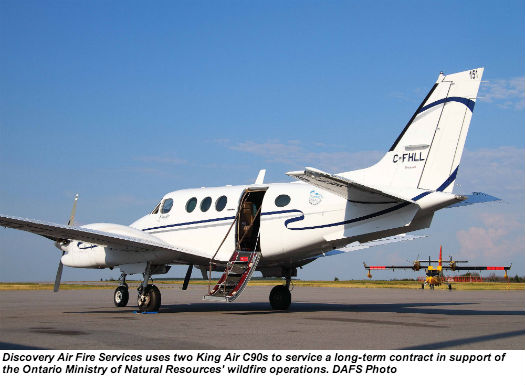

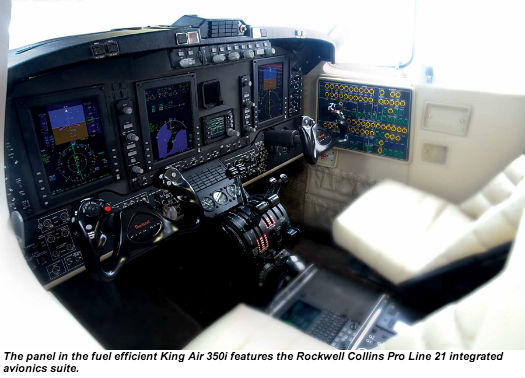
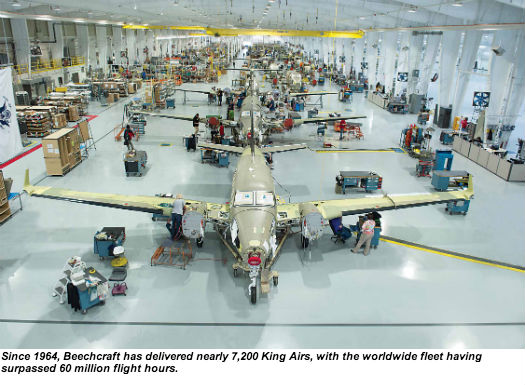












I am looking to find the history and whatever became of what we thought was the first production King Air, SN 003, last known civil ident C-FUAC which I last flew in 1989. It was one of 6 in our fleet, two others were SN’s 007 and 015 all owned by Southern Frontier/Time Air, (now part of Jazz Aviation LLC).